1. 41% of parents switched to packed lunches to save money last year
2. Nearly three-quarters of consumers think a homemade sarnie is unbeatable
3. Almost half (47%) of parents feel getting their five-a-day is the most important factor in their child’s diet
4. Over a fifth (21%) of cereal bars are eaten at lunchtime
5. 65% of parents consider cheese a good snack option for their kids
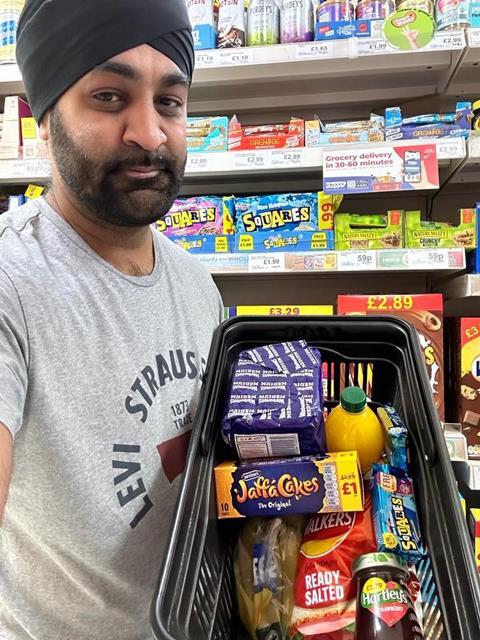
1. 41% of parents switched to packed lunches to save money last year
[Toluna]
In 2023 families are feeling the growing pain of food inflation. Making a packed lunch for school has always been a thrifty option for parents. But with the price of basics like bread, ham and cheese shooting up faster than their offspring, any help from retailers is gratefully received.
“As households across the country grapple with rising prices, shoppers are looking to make cost savings wherever they can,” says Alistair Gaunt, commercial director at Hovis. “As a result, homemade lunchboxes will be the ‘go-to’ solution for many parents looking to save money.”
“It’s got to be about value,” says Serge Notay (pictured) from Notay’s Convenience Store in Batley.
“Parents don’t want to take a single unit, like a single Fruit Shoot, they want the full multipack. In multipacks the products might be a smaller size, but the kids are happy and the parents are happy.”
Richard Inglis, owner of several stores in Southampton, also notes the move towards multipacks in lunchbox.
“If you look at a category like confectionery, multipacks weren’t around in the same way in convenience in the past,” he says. “People never used to think twice about buying a single chocolate bar. But now [price makes] it more of a considered purchase. Plus if parents buy a six pack of crisps they can just put a bag in lunchboxes every day.”
Serge points out that kids on his estate often have access to free school dinners. Yet he believes those who can’t are relying on packed lunches more as the cost-of-living crisis sharpens.
One innovative way he’s supporting struggling families is by offering Penny Bundle Deals through Snappy Shopper. Funded by the store and Snappy Shopper the deals offer a package of lunchbox-ready products, like Kellogg’s Squares and bread, for a penny.
“I’ve never seen anything like it,” says Serge. “It went bananas and we achieved 10,000 app downloads and 8,500 bundles delivered. I think it just proves that as independent retailers, we’re a force to be reckoned with.”
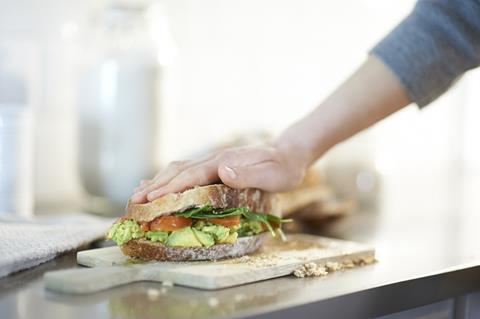
2. Nearly three-quarters of consumers think a homemade sarnie is unbeatable
Perspectus Global
As Serge suggests, a decent lunchbox offer starts with fresh bread and sandwich fillings.
Gaunt agrees: “With sandwiches often a core component of any lunchbox, stocking a range of quality wrapped bread should be a focus for any retailers looking to cater for the back-to-school occasion.”
He points out that shoppers are buying fewer types of bread for their households “and are increasingly moving towards white bread” which accounts for 55% of pre-packaged bread units sold [Nielsen].
As Richard explains, younger kids don’t get much choice about what goes into their lunchbox – but there’s a whole secondary market of teens out to score their own. Many of them will bag some chips, but with more children interested in plant-based diets there’s the potential to offer something different.
The new Pollen + Grace wrap range capitalises on this trend with its new plant-based products including an Italian Pesto + Roasted Veg Wrap, Mexican Chipotle Burrito Wrap, Indian Chickpea Masala Wrap and a new seasonal flavour promised for Christmas.

3. Almost half (47%) of parents feel getting their five-a-day is the most important factor in their child’s diet
Kantar/Mintel
“Financial considerations aren’t the only aspect around packed lunches,” says Richard. “Schools have become a lot hotter around health.”
This translates into head teachers putting real pressure on parents about what goes into their pupils’ packed lunch. On the whole, sugary treats are (supposed to be) out, while healthier fare is in.
Yet price still matters, as Andrew Bradshaw, UK sales director at Dole Sunshine Company explains.
“For many consumers who are shopping on a budget, fresh fruit and vegetables can be one of the first things to come off the shopping list, which really highlights the importance of retailers and brands who are committed to supporting healthier choices for their customers, and specifically helping people to eat healthily on a budget,” he says.
Dole is offering a four-pack of fruit in juice cups for £2.19 as a way for parents to get full marks for health. Bradshaw says that today customers realise ambient fruit has an important role to play in hitting the all-important five-a-day.
Ben Whitehead from Scrapples Apple Crisps says that health has come into even sharper focus since the pandemic “with most consumers becoming even more health aware”.
“This is where healthier lunchbox brands like Scrapples have an important role to play,” he adds.
“We are seeing an increasing demand for our products which are both high in fibre and fully HFSS compliant. However the lunchbox category (from a fruit snacking perspective) is still pretty broad with many cheap confectionery replacement products still thriving having been exempt from HFSS regulations and the majority of products being processed rather than whole fruit”.
On the HFSS front, KP Snacks offer over 100 non-HFSS SKUs, the equivalent of a quarter of its portfolio, including Hula Hoops Puft, available in Salt & Vinegar, Salted and Grilled Beef.
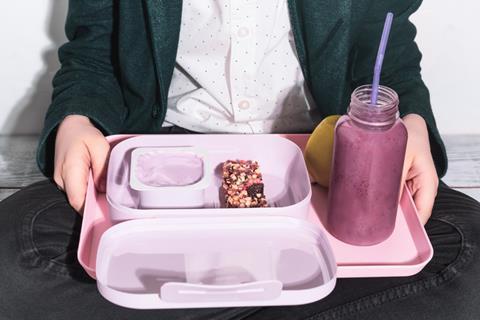
4. Over a fifth (21%) of cereal bars are eaten at lunchtime
Brand Potential
Cereal bars and the like are a simple way to approach healthy snacking – with bars majoring in both taste and nutrition.
“Healthier choices continue to be important to shoppers, which is why we see our brands – Nakd and Trek – as playing such a key role at lunch,” says Jo Agnew, marketing director at Natural Balance Foods.
“Nakd brand penetration was up +3.3% last year [Kantar], following a Covid-driven drop in on-the-go occasions previously, bolstered by consumers’ desire to eat healthier snacks while they’re out and living their lives.
However, in a tight market, the cost of bars can prove eye-raising for parents of sporty kids seeking a healthy boost. Kieran Fisher, founder and managing director at KBF Enterprises, says that too much innovation in the market is “way out [of ordinary families’] price league.”
“In most of the UK, people are spending around £3.50 on lunch so protein bars, or healthy snacks for £3 a go just won’t fly,” he says.
“We’ve seen continued growth through the cost-of-living crisis as we price realistically. You can pick up a Warrior Crunch protein bar for less than £2 and so lunch still comes in at a fiver.”
He adds that meal deals are a huge opportunity for retailers at lunchtime.
“Our competitors are charging £3.20 for a protein bar on the shelf. No one is going to double their lunch time spend for one protein bar so instead of having young people coming in and spending £3.50 for a meal deal and that’s it, if they had £1-£2 protein bars on the shelf, you’d be getting a fiver.
“Keep a lean business and have good value brands on the shelf that are great quality at a great price and people will buy more, and you’ll earn more money.”
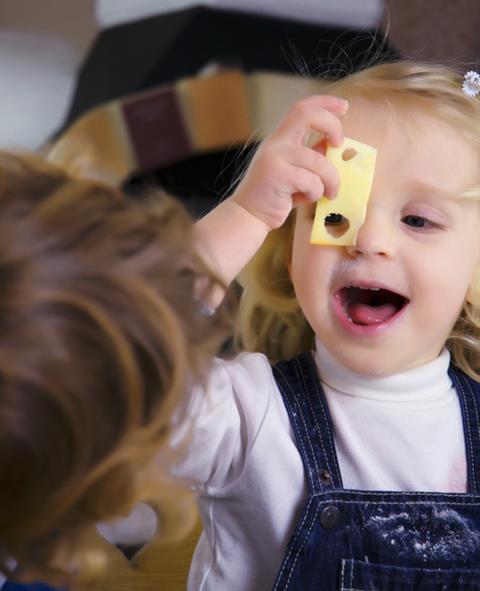
5. 65% of parents consider cheese a good snack option for their kids
Mintel
Perhaps its popularity is because cheese snacking has a perceived health halo crisps and the like just can’t match. And with rising input costs in dairy the lunchbox-sized snacking category is a sweet spot for brands and retailers alike.
“Dairylea is one of the biggest brands for me,” says Serge. “Especially Dairy Dunkers. We’ve just done a promotion on the four-packs which have gone really well for us.”
“Cheese has a strong association with kids’ snacking as part of a balanced diet and is a mainstay of lunchbox snacks given to children,” Neil Stewart, head of marketing for Cathedral City, observes. “Our Cathedral City Minis and Cathedral City Nibbles, which offer a 100% natural snack that is high in protein, a source of calcium and contains fewer than 100kcals per portion, have a real opportunity to capitalise on this momentum and demand for more natural, child-friendly snacks.”
Cathedral City Minis have benefited from a 7% uplift in convenience, reflecting the growth of lunch and snacking occasions [IRI].























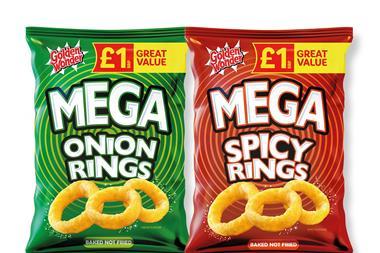
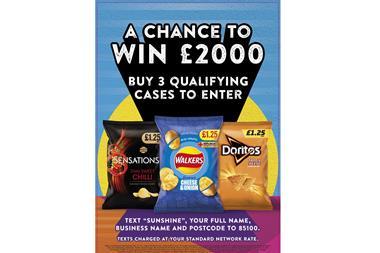

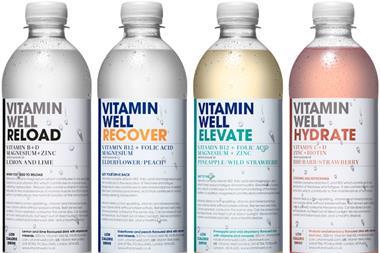






No comments yet